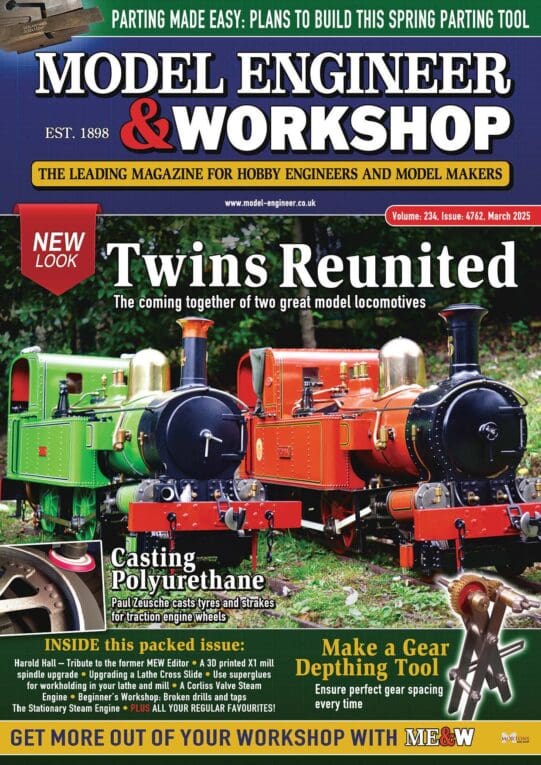Hi Joe,
Oak has a lot of tannin or tannic acid. This ‘outgasses’ from the wood and will react very quickly with iron and steel causing corrosion. that’s why iron nails were never used in oak carpentry, building structures using oak are designed with wooden pegged joints.
Probably the safest wood to use is good old pine which apart from being pretty inert is quite soft and will absorb knocks. Mahogany is pretty good as well, attractive, takes a nice finish and safe, but I would ensure interior is well sealed with varnish anyway, However it costs and is not easy to get hold of these days. Another light coloured timber is beech with all the properties you need. Of course, birch ply (I wouldn’t use cheap ply) and mdf are also as good, and the toxicity fears of mdf are overplayed and exaggerated but I would wear a dustmask, as I would with all timber operations where dust is likely. That’s why I prefer hand tools and no sandpaper – ever! It is not needed if you use sharp finishing tools which cut rather than abrade. But that’s another story.
A good basic glue is good old pva, again inert and strong. Not perfectly waterproof so you wouldn’t want to go boatbuilding with it but perfectly adequate for boxes and cabinets etc.
Terry
Edited By Terryd on 21/05/2010 07:52:21
Ian S C.


 ) is from true cedars (species Cedrus) such as Cedrus Deodara (from the Himalayas) or the Cedar of Lebanon. True Cedar is too expensive to make these chests, instead thin sections were (are?) used to line them.
) is from true cedars (species Cedrus) such as Cedrus Deodara (from the Himalayas) or the Cedar of Lebanon. True Cedar is too expensive to make these chests, instead thin sections were (are?) used to line them.



